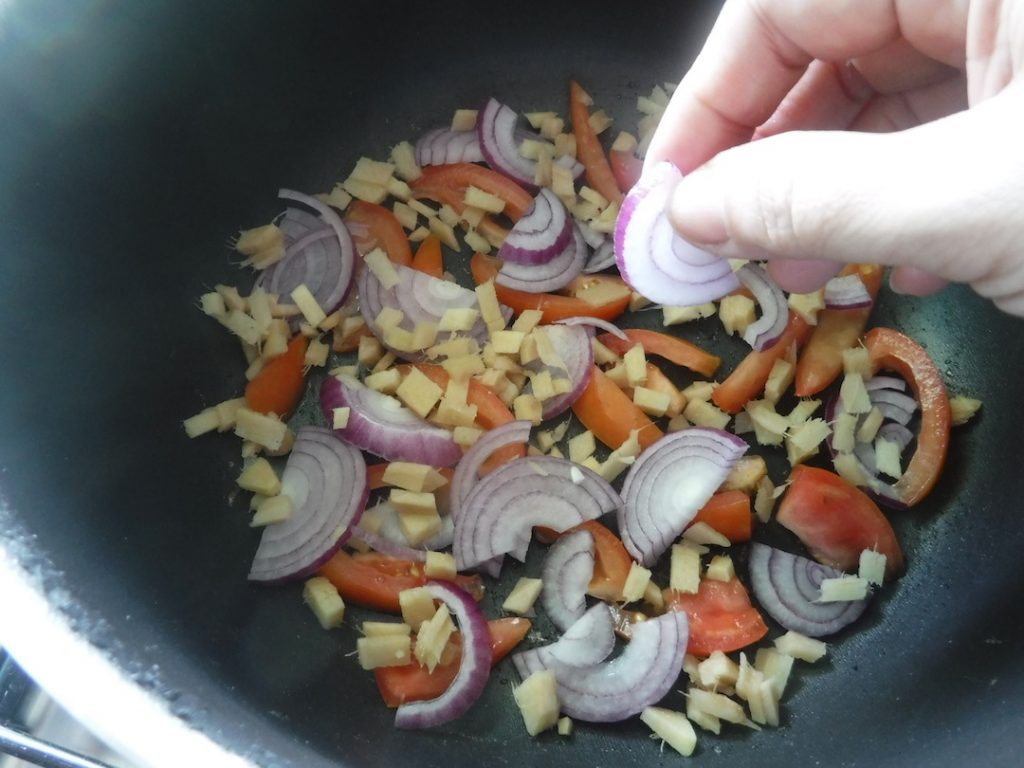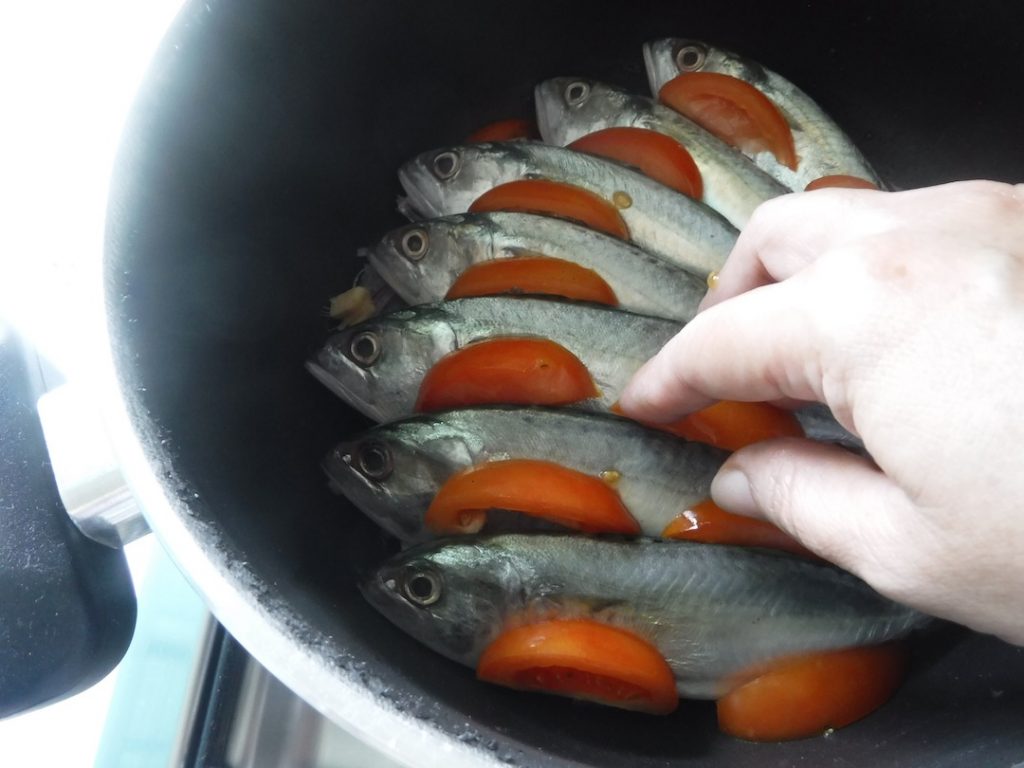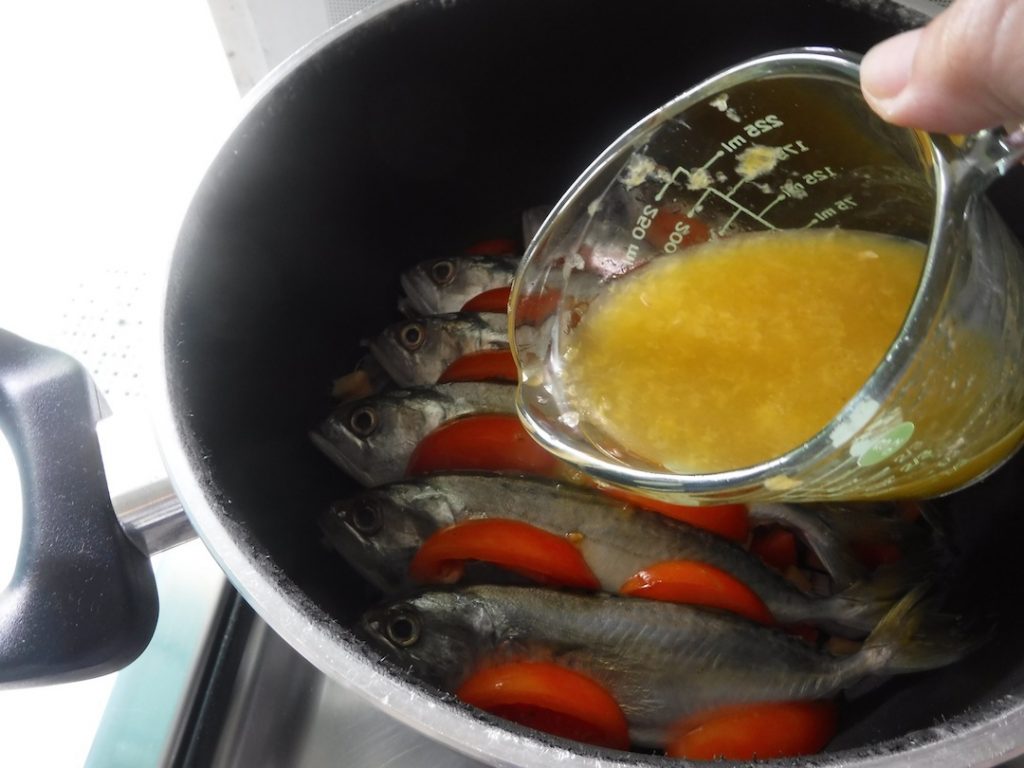When I was younger, the only way to cook hasa-hasa (short-bodied mackerel), for me, was to fry it to a golden crisp and then eat it with vinegar, ketchup or lechon sauce. There was no other way to cook it.
But after being thrust in the food and beverage industry and learning to love it as it shaped my publishing career and nurtured strong relationships with chefs, restaurateurs and other great culinary minds, I have become experimental with the food that I prepare and serve at home—and so hasa-hasa had to stop being just Fried Hasa-Hasa but something else more creative and rewarding for the palate.
Having bought a kilogram of fresh and firm hasa-hasa from the fish vendor on wheels in our neighborhood recently, I flipped through pages of recipe magazines and cookbooks and googled online for interesting recipes that I could use for my hasa-hasa aside from the Sinanglay that I did the last time I had a fresh batch of hasa-hasa. I found several versions of Pinangat na Hasa-Hasa.
I read through the recipe entries and decided how to incorporate them into my own version. Then that’s what I followed when I finally worked on the dish in my kitchen, adjusting as needed as I went along.
Pinangat na Hasa-hasa
Ingredients
1/2 kg. hasa-hasa
4-5 slices ginger
3 pcs. ripe tomatoes
1 pc. onion, halved and sliced
1/2 cup fresh calamansi juice
1-1/2 cups water
salt and freshly ground black pepper to taste
Directions
1. Prepare fish by removing gut and washing well afterwards.
2. Peel and chop ginger.
3. Cut tomatoes into thin wedges, deseeding them as you go along.
4. Peel, halve and slice onion thinly.
5. Line bottom of stockpot with ginger, onion and half of the tomatoes.

6. Top chopped vegetbles with hasa-hasa fish.
7. Place remaining tomato slices in between.

8. Pour in calamansi juice, followed by water.

9. Season with salt and pepper to taste.
10. Cover stockpot with lid. Let boil. When boiling, lower heat and simmer for 15 to 20 minutes, allowing the fish to cook thoroughly.

11. Remove from heat and serve.










